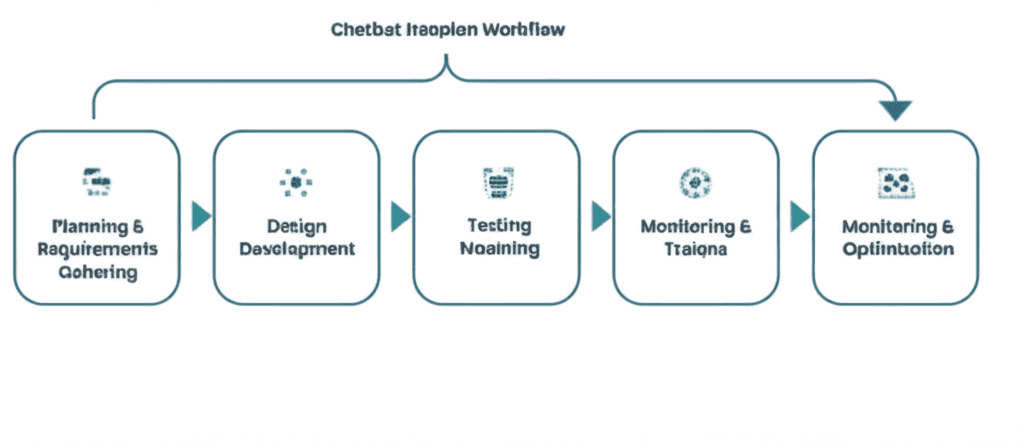Implementing Chatbots: Best Practices and Common Pitfalls
Learn from real-world implementations and avoid common mistakes when deploying chatbot solutions.

Implementing a chatbot solution can be transformative for your business, but success requires careful planning and execution. Many organizations rush into chatbot deployment without proper strategy, leading to poor user experiences and failed implementations.
Define Clear Objectives
Before implementing any chatbot solution, it's crucial to define what you want to achieve. Are you looking to reduce support ticket volume, improve response times, or provide 24/7 availability? Clear objectives will guide your implementation strategy and help measure success.
Common objectives include cost reduction, improved customer satisfaction, increased efficiency, and better data collection. Each objective may require different approaches and technologies.
Start Simple and Scale Gradually
One of the biggest mistakes organizations make is trying to build a comprehensive chatbot that handles every possible scenario from day one. Instead, start with a limited scope focusing on the most common customer queries.
Begin with frequently asked questions, basic information requests, and simple transactions. As you gather data and user feedback, gradually expand the chatbot's capabilities.
Design for Human Handoff
No chatbot is perfect, and there will always be situations that require human intervention. Design your system with seamless handoff capabilities, ensuring that when a chatbot reaches its limits, customers can easily connect with human agents.
The handoff should include context from the chatbot conversation, so human agents don't have to ask customers to repeat information.
Focus on User Experience
A chatbot's success depends heavily on user experience. Design conversations that feel natural and intuitive. Use clear language, provide helpful suggestions, and always give users a way to get human help when needed.
Test your chatbot extensively with real users and iterate based on feedback. What seems logical to developers may not always align with user expectations.

